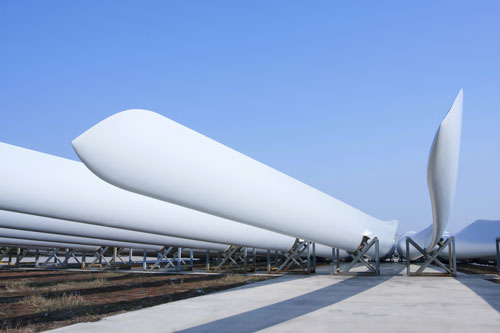 What materials and manufacturing techniques can make blades longer?
What materials and manufacturing techniques can make blades longer?
There is no doubt that longer wind turbine blades are on the horizon. Many developers already have prototypes. However, bringing these concepts to fruition involves material and transportation challenges. Blade designs must support a require length and weight without buckling, all while keeping transportation costs down. Recent developments, such as graphene reinforcements and modular blades show promise in overcoming these challenges.
Graphene shows great promise in composites because it could make some structures, such as turbine blades, longer and lighter. But it is still a work in progress. Some research reports significant strength improvements in toughened epoxy composites, such as a greater than two-fold increase in tensile strength. In addition, increased amounts of graphene nanoplatelets resulted in strength increases of over 125% and toughness improvements of 100% over that of similarly cured, unreinforced material.
The idea behind modular blades is that they will cost less to transport than one-piece blades. One company is developing a modular seven-piece blade that can assemble on site. The modular blade solves most of the manufacturing and transportation problems. It uses three spars connected in series, bonded without infusion. The company says the blades have a box spar in the middle with shear webs bonded to spar caps on the top and bottom. A D-spar is on leading edge and a C-channel on trailing edge. Ribs connect those pieces with tail panels lightly structured to carry aerodynamic loads and keep the shape. Additionally, solid spars mean there is no conventional truss structure to support the main spars. The company says the modular blade will cost about $24,000 to transport one blade, compared to the $100,000 for the cost of one conventional blade.
Another benefit of the modular design is its reduced weight, which allows a larger rotor to sit on the platform for a smaller turbine.
Alignment fixtures for assembling the blade can ensure tight tolerances on critical elements, so the goal is to have sections come together with high tolerances and without adjustments. The company says the biggest challenge is the in-field bonding of major components. The design team took a lot of time examining in-field fab techniques from others–the military and oil-and-gas industry–and decided that final part assembly is feasible if parts self align and not need heavy fixtures.
In other developments, one laboratory is helping makers of wind-turbine blades improve the labor productivity associated with blade fabrication and finishing. This improved productivity makes domestic blades more cost competitive with blades from countries that pay workers lower wages.
The manufacturing project’s goal is to make U.S. wind turbine blades more economically viable in the U.S. market. In addition to taking advantage of lower transport costs from in-country manufacture, the project sought to improve labor productivity and reduce manufacturing time by 35%.
By Nic Abraham, Managing Editor, Windpower Engineering & Development
Filed Under: Blades, Components, Featured, Turbines

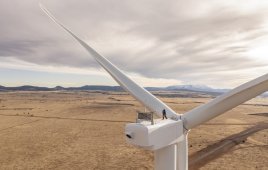
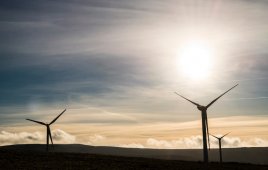
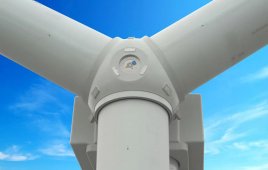
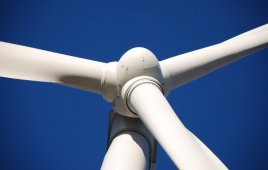
Other companies, such as Blade Relief Technologies, have applied for patent protection for wind turbine improvements for longer blades , longer service life, with a gain in efficiency.